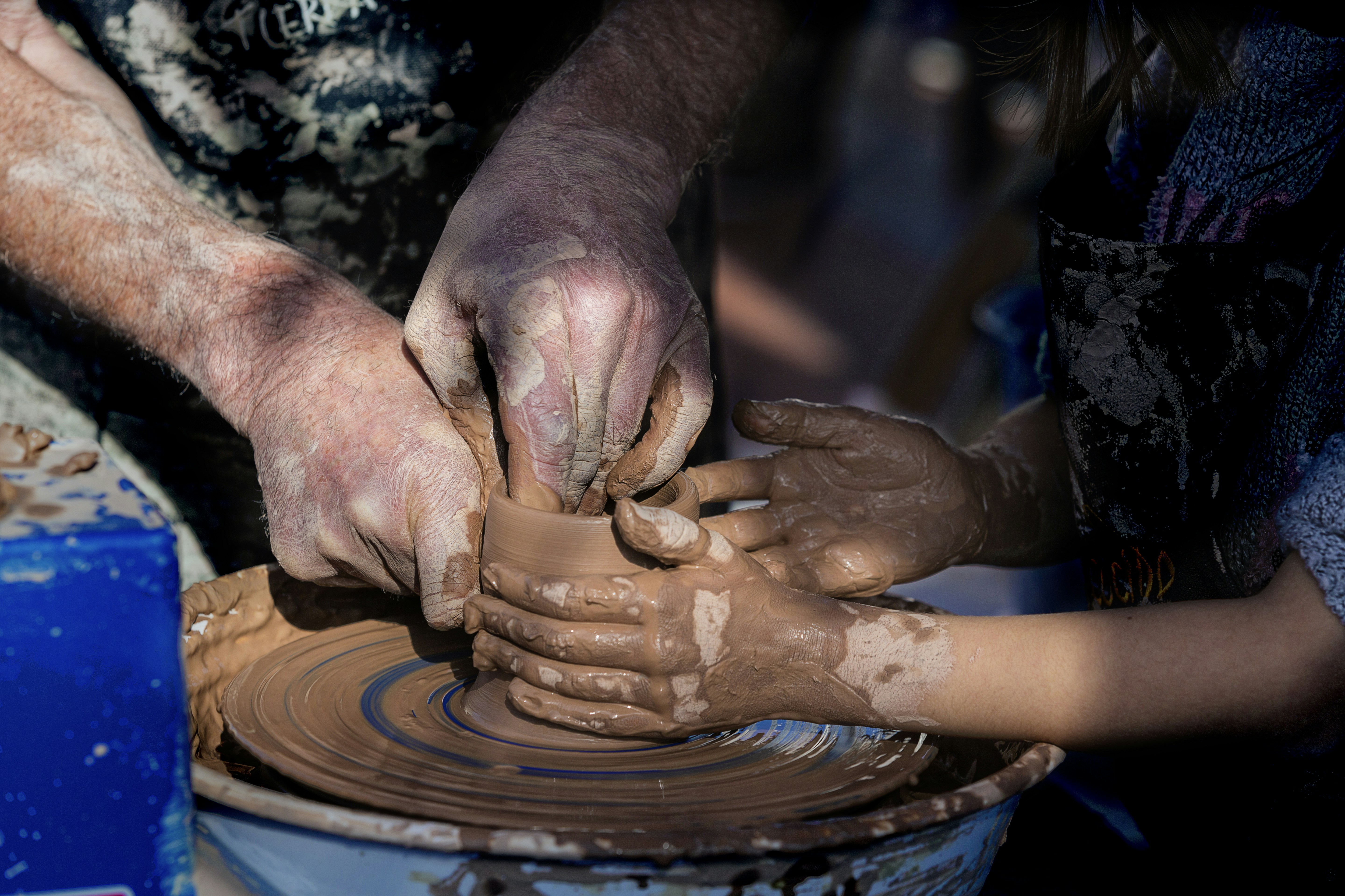
Myunum in Kuku Yalanji Culture
Myunum holds a significant place within the Kuku Yalanji culture, reflecting the deep connection between the community and their ancestral heritage. It is not merely an emblematic figure; it embodies the rich tapestry of narratives, values, and traditions that have been passed down through generations. In the oral histories of the Kuku Yalanji people, Myunum serves as a central theme that encapsulates their identity and spirituality.
Historically, Myunum represents more than just a story; it signifies the cooperation and resilience of the community, illustrating how ancestral teachings have guided communal decisions and individual behaviors. The stories associated with Myunum often encompass lessons about nature, respect for the land, and the importance of harmony within families and the broader environment. This longstanding tradition of storytelling allows the Kuku Yalanji to maintain a unique connection to the land they inhabit, reinforcing their cultural identity.
The significance of Myunum also extends to spiritual dimensions, as it is interwoven with the community’s beliefs and values. Many Kuku Yalanji individuals consider Myunum a vital link that connects them to their ancestors, serving as a reminder of their responsibilities towards future generations. Rituals and ceremonies centered around Myunum provide opportunities for community members to engage with their heritage actively, fostering a sense of belonging and unity. Moreover, these traditions ensure that the teachings related to Myunum remain relevant in contemporary society, bridging the gap between past and present.
In the context of Kuku Yalanji identity, Myunum represents not just a symbol but a living embodiment of the culture’s ethos and worldview. By embracing Myunum’s teachings, the Kuku Yalanji people ensure the continuity of their cultural narratives, thus preserving the essence of their collective identity for years to come.
Kubwa ngu: Djem anjba Myunum jeng
Myunum, the cultural cornerstone for the Kuku Yalanji people, remains immensely significant in the contemporary context. This traditional practice is not just a vestige of history but a vibrant part of current celebrations and events that actively involve the community. Throughout the year, various festivals and gatherings are dedicated to Myunum, serving as vital platforms for cultural expression and social cohesion. These events often feature traditional dance, music, and storytelling, facilitating an immersive experience that reinforces the community’s ties to their ancestry.
The involvement of the younger generation is particularly noteworthy. Many young Kuku Yalanji individuals are taking it upon themselves to learn about Myunum, ensuring that these practices do not fade into obscurity. Programs promoting intergenerational knowledge transfer are becoming increasingly popular, whereby elders share their wisdom and experiences with the youth. This not only instills a sense of pride in their heritage but also encourages the adaptation of traditional practices to align with contemporary life.
Moreover, the integration of modern elements into Myunum celebrations has given rise to a unique cultural synthesis. For instance, newer forms of art and expression have emerged, allowing for a reinterpretation of Myunum that resonates with younger audiences. This evolution showcases the adaptability of the tradition while affirming its underlying values and philosophies. Social media platforms play a crucial role in this transformation, facilitating a broader engagement with Myunum by showcasing its richness and relevance in today’s society.
In essence, Myunum is not only a reflection of the past but also a living tradition that continues to evolve. As the Kuku Yalanji people navigate the complexities of modern life, their commitment to preserving and celebrating Myunum remains a key aspect of their cultural identity, ensuring that it flourishes for future generations.
RELATED POSTS
View all

